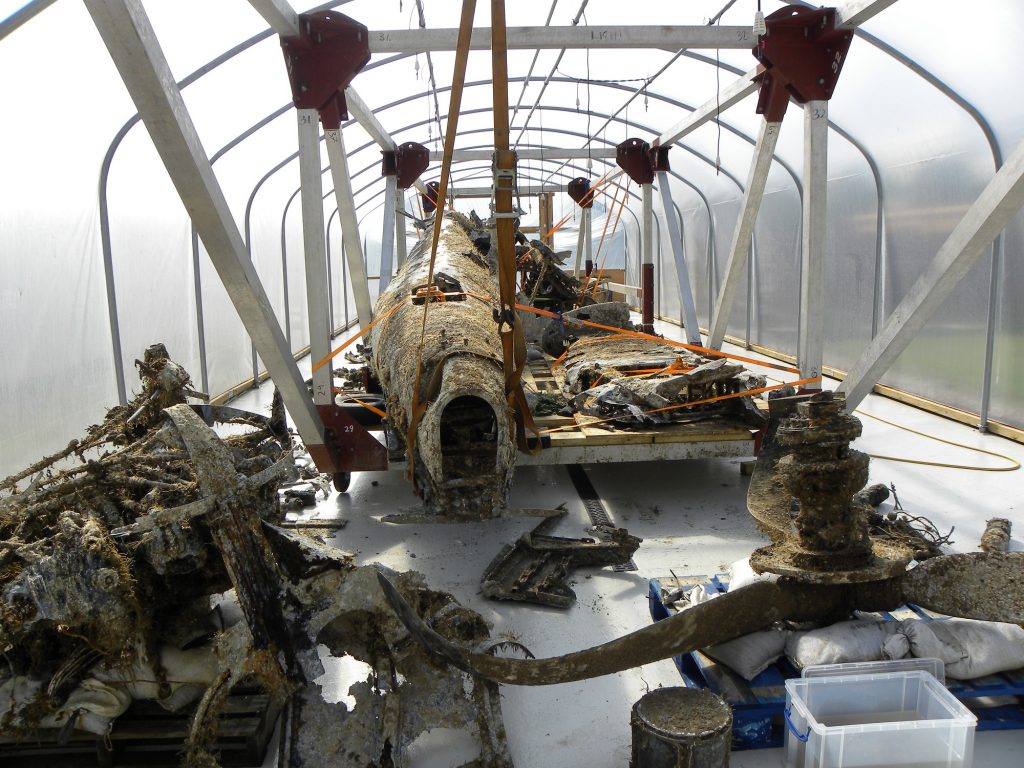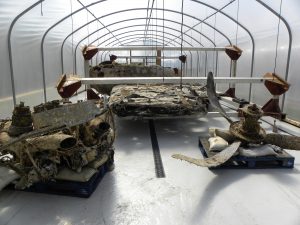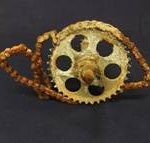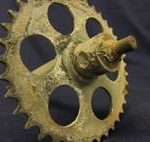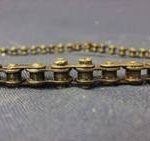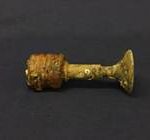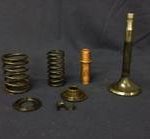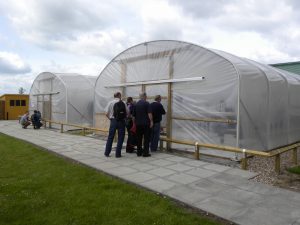MontyB
All-Blacks Supporter
Divers start raising German WWII bomber
07:56 Sun May 5 2013
AAP
Divers have begun a delicate operation to raise the only German Dornier Do-17 bomber left after World War II from the depths of the English Channel.
The aircraft was shot down during the Battle of Britain in 1940 and the operation to retrieve it is the biggest of its kind in British waters, the Royal Air Force (RAF) Museum said.
The bomber was only discovered in 2008 when it was spotted by divers at Goodwin Sands, off the coast of Kent in southeast England.
Sonar scans confirmed it was a Dornier Do-17, and experts say it is in a "remarkable condition".
The painstaking operation to raise it to the surface is expected to take around three weeks.
Divers are building a metal frame around the wreck, which they will use to carefully hoist it the 15 metres from the seabed.
"The discovery and recovery of the Dornier is of national and international importance," said Air Vice-Marshal Peter Dye, director general of the RAF Museum.
"The aircraft is a unique and unprecedented survivor from the Battle of Britain and the Blitz (the Nazis' intense bombing of London)."
Experts are excited by the find because the bomber is still largely intact, although it is covered in barnacles and some of its aluminium has corroded over the last 70 years.
Amazingly, the main undercarriage tyres remain inflated, but the propellers clearly show the damage that the bomber suffered during its fateful last landing.
Once it is lifted to the surface, work will begin to conserve the Dornier and prepare it for display at the museum's London site.
Dye said the exhibit would "highlight the sacrifices made by the young men of both air forces and from many nations".
The Dornier 17 was nicknamed the Luftwaffe's "flying pencil" because of its narrow fuselage.
The Battle of Britain began on July 10, 1940, and ended on October 31 the same year.
More than 2900 British, Commonwealth and Allied airmen took part in some 600 planes - less than half the 1750 German aircraft involved.
Despite being heavily outnumbered, the RAF defeated the Luftwaffe, in what is considered a turning point in World War II.
Hundreds of German bombers were shot down during the battle, but none survived the war - they were all smelted in order to be turned into British aircraft, according to the museum.
http://news.msn.co.nz/worldnews/8653340/divers-start-raising-german-wwii-bomber
07:56 Sun May 5 2013
AAP
Divers have begun a delicate operation to raise the only German Dornier Do-17 bomber left after World War II from the depths of the English Channel.
The aircraft was shot down during the Battle of Britain in 1940 and the operation to retrieve it is the biggest of its kind in British waters, the Royal Air Force (RAF) Museum said.
The bomber was only discovered in 2008 when it was spotted by divers at Goodwin Sands, off the coast of Kent in southeast England.
Sonar scans confirmed it was a Dornier Do-17, and experts say it is in a "remarkable condition".
The painstaking operation to raise it to the surface is expected to take around three weeks.
Divers are building a metal frame around the wreck, which they will use to carefully hoist it the 15 metres from the seabed.
"The discovery and recovery of the Dornier is of national and international importance," said Air Vice-Marshal Peter Dye, director general of the RAF Museum.
"The aircraft is a unique and unprecedented survivor from the Battle of Britain and the Blitz (the Nazis' intense bombing of London)."
Experts are excited by the find because the bomber is still largely intact, although it is covered in barnacles and some of its aluminium has corroded over the last 70 years.
Amazingly, the main undercarriage tyres remain inflated, but the propellers clearly show the damage that the bomber suffered during its fateful last landing.
Once it is lifted to the surface, work will begin to conserve the Dornier and prepare it for display at the museum's London site.
Dye said the exhibit would "highlight the sacrifices made by the young men of both air forces and from many nations".
The Dornier 17 was nicknamed the Luftwaffe's "flying pencil" because of its narrow fuselage.
The Battle of Britain began on July 10, 1940, and ended on October 31 the same year.
More than 2900 British, Commonwealth and Allied airmen took part in some 600 planes - less than half the 1750 German aircraft involved.
Despite being heavily outnumbered, the RAF defeated the Luftwaffe, in what is considered a turning point in World War II.
Hundreds of German bombers were shot down during the battle, but none survived the war - they were all smelted in order to be turned into British aircraft, according to the museum.
http://news.msn.co.nz/worldnews/8653340/divers-start-raising-german-wwii-bomber


